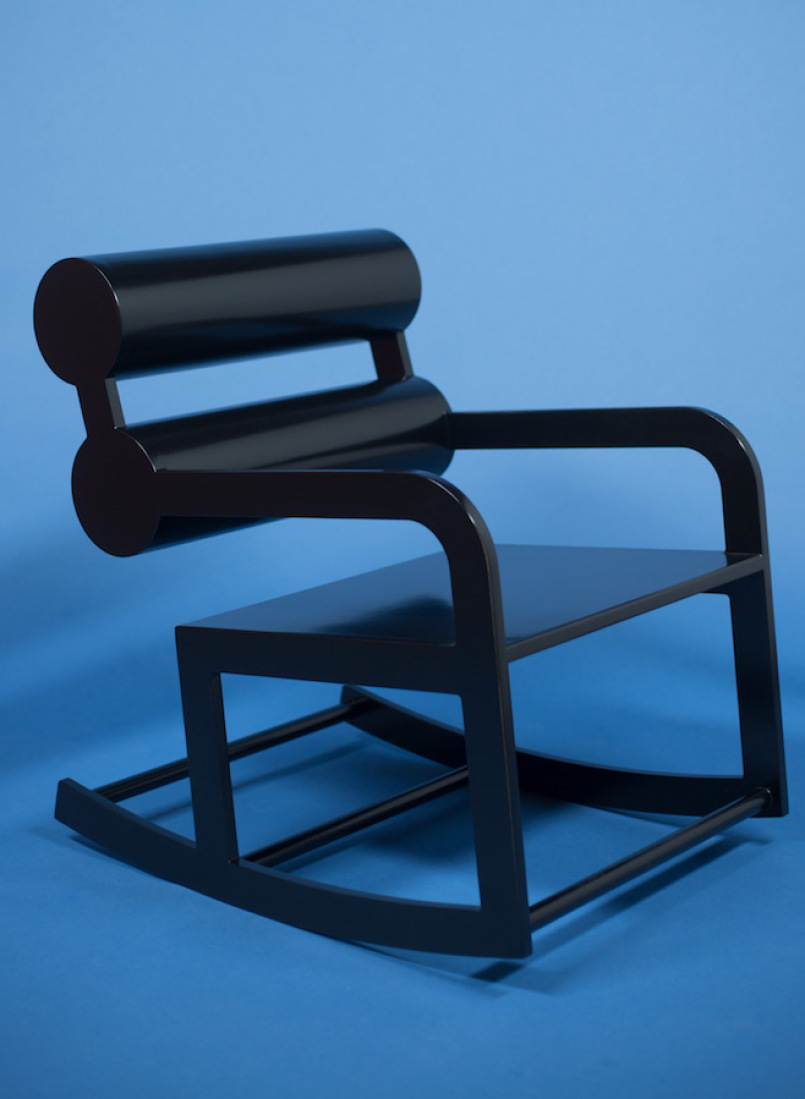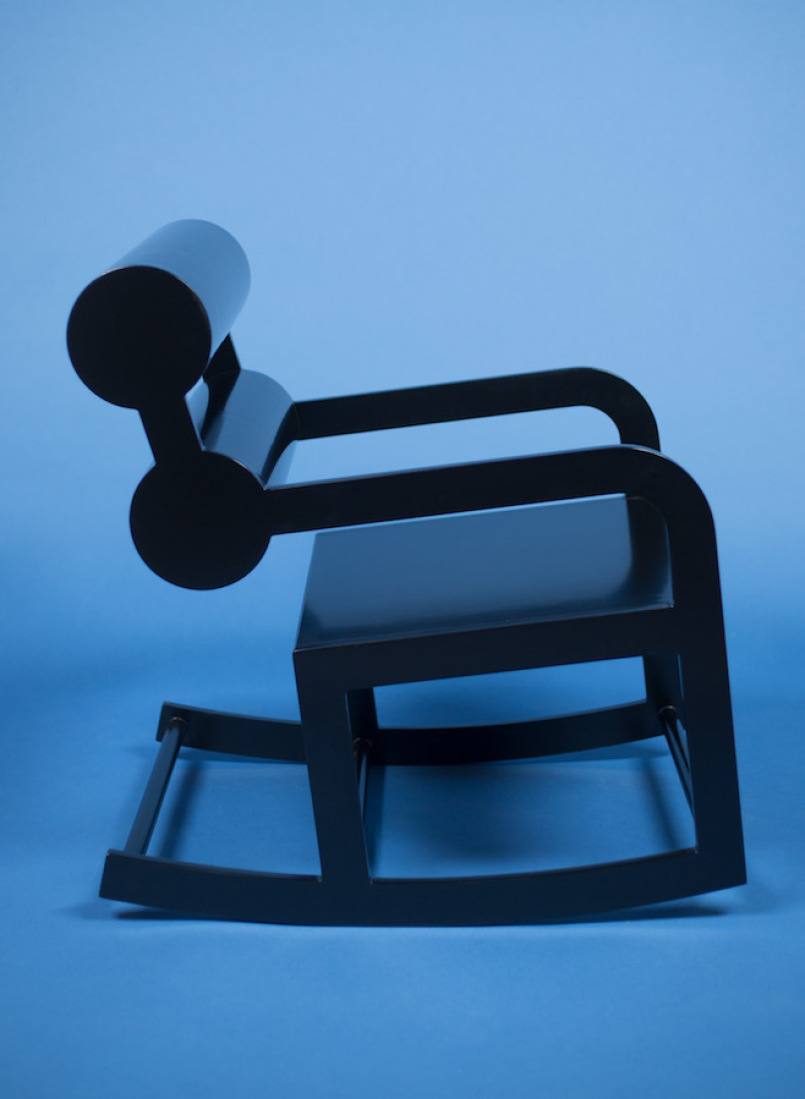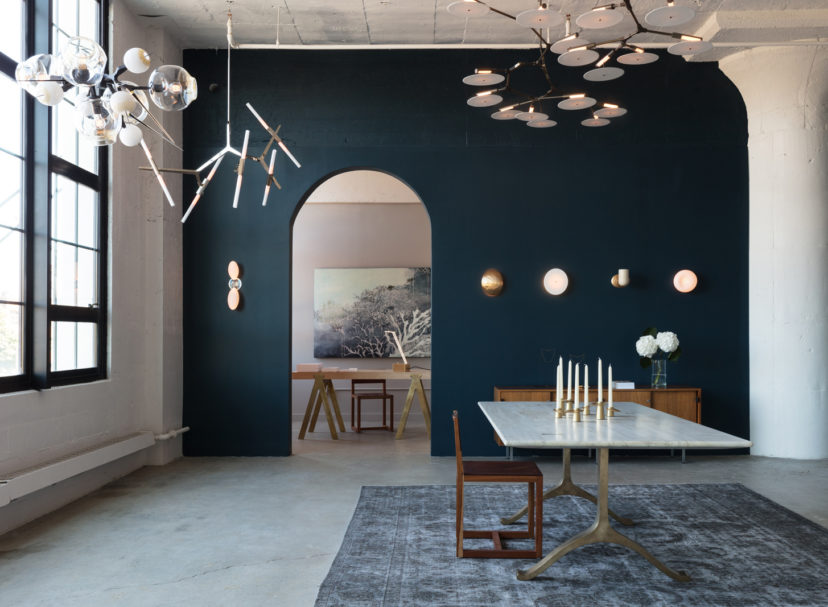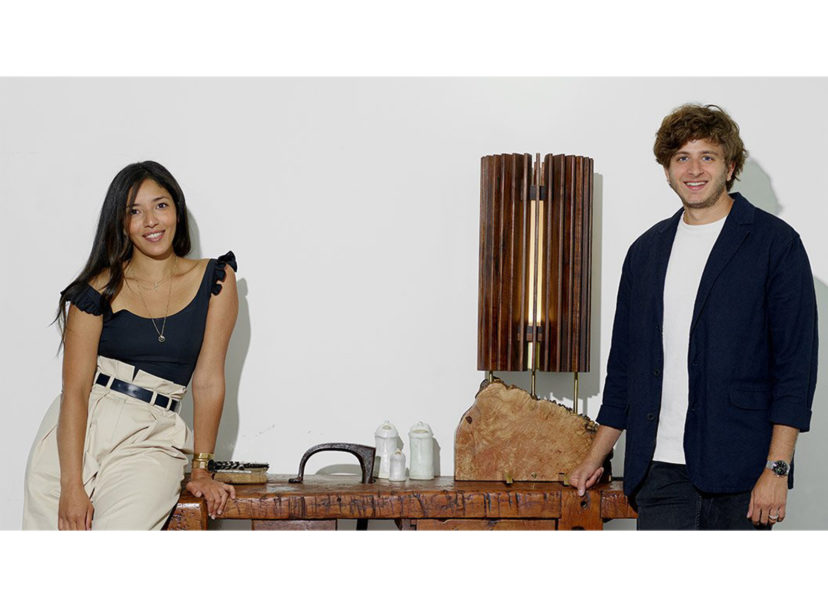Text & Interview: Alec Coiro
Photo: Tete a tete
If you get all you culture from Ravelin magazine, the first time Waka Waka — the furniture studio run by Shin Okuda — came on your radar was our article on his wife Kristin Dickson of Rowena Sartin and Iko Iko, who was recently interviewed by Jasmin Shokrian in these pages. The name Iko Iko was, in fact, the inspiration for the name Waka Waka. The name was not inspired, as many people assume, by Fozzy Bear and definitely not by Waka Flocka Flame, who Okuda had actually never heard of before.
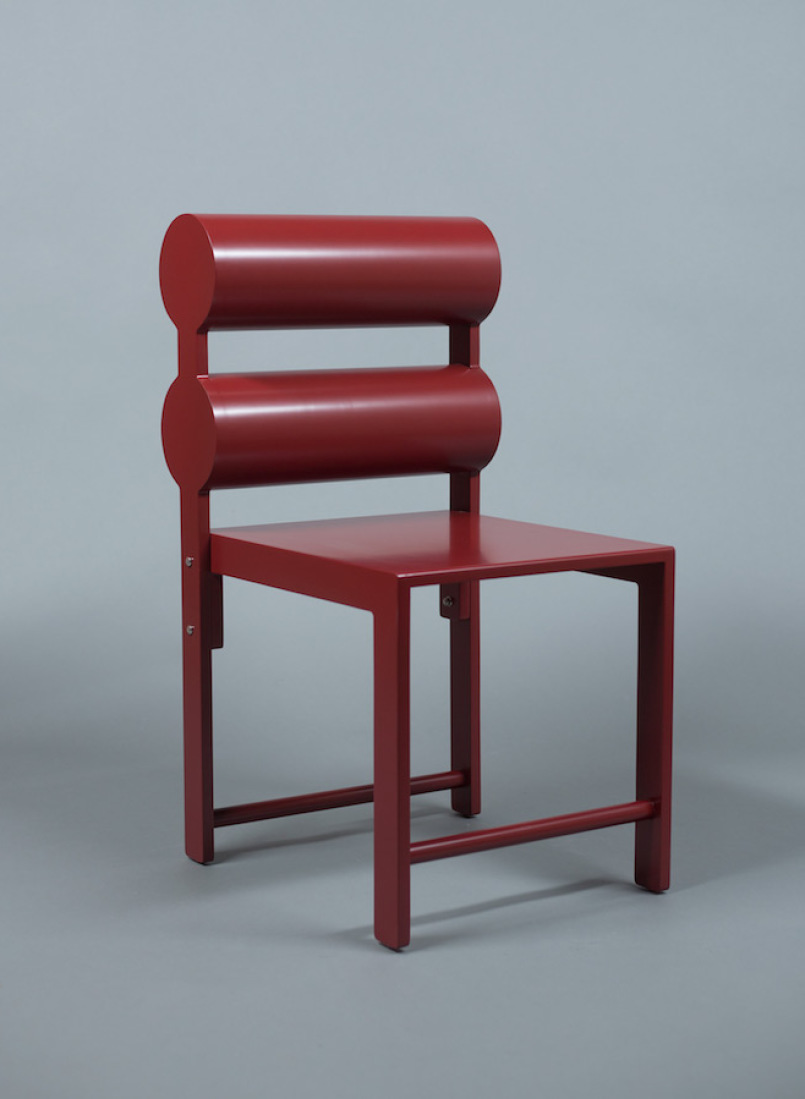
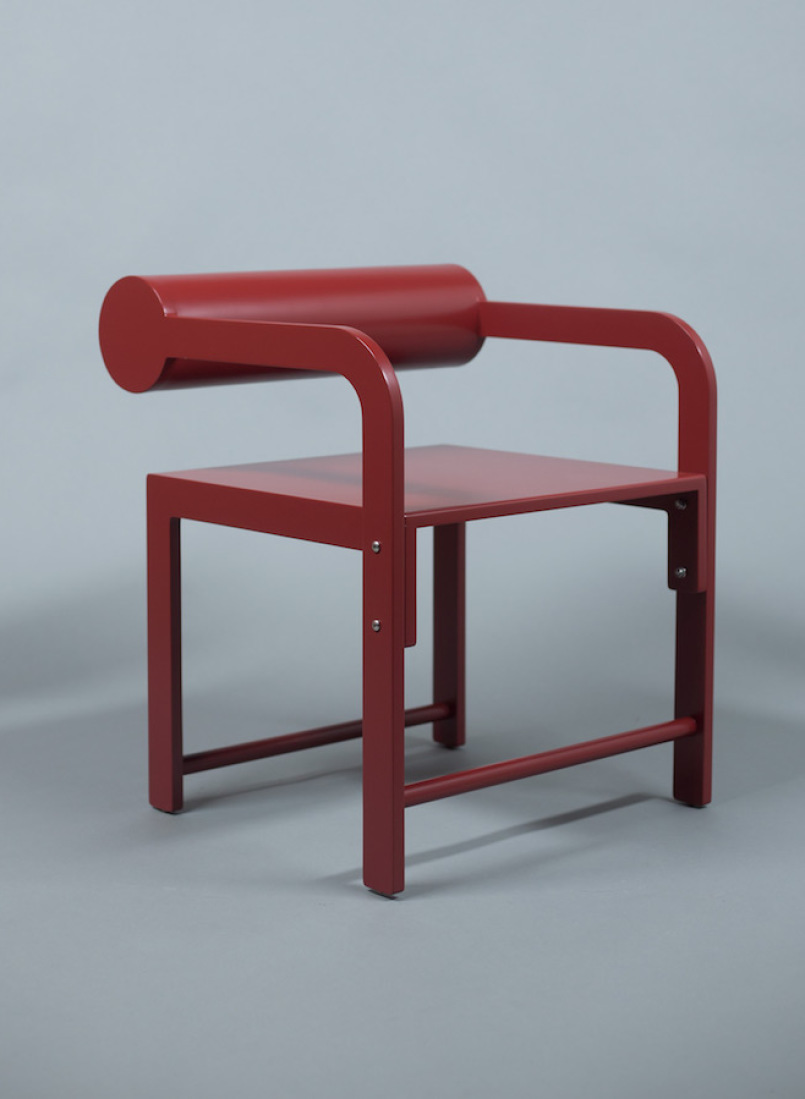
The real Waka Waka origin story starts in — of all places — Scottsdale Arizona at spring training camp. “Long story short, I was working in Japan and my friend knew someone who had a job in Arizona. They were looking for some Japanese guys to help with the Japanese business people who would go to Scottsdale to play golf, like a tour guide. I actually worked for baseball spring training. I made sure everybody got lunch, everyone had enough to drink.
After two months in Scottsdale (which he didn’t much care for), he drove up to L.A., was going to stay for 3-weeks until his visa expired. But then he decided to stay; it was a different time in terms of visas (“whatever you applied for, you’d get it. Green Card even. You just had to work with a lawyer”).
Once established in L.A., Shin hung up his spring training spurs and focused on the craft he’d learned growing up in his home country. “Even when I was in Japan, I wasn’t a carpenter, but my good friend was, so I was helping and working with him, so it was easy for me to find a job in fabrication…I started working for different artists fabricating. And then in 2009, I became solo.”
The artists he worked for included Jorge Parado, T. Kelly Mason, and Geoff McFeteridge (“I made huge push pins for him”). Talking to Okuda, it’s my sense that it was with Parado that he really grew into his own as a designer. He notes, “When I worked for Jorge Parado, he had about 13 guys, but I was the only one who had no art background, I was just a handy guy.” But as is so often the case, it was more circumstances than a grand design that gave birth to Waka Waka “My wife had a store Iko Iko, and I was making stuff for every event. Then people started buying my stuff, so she said I should have my own show, so I wanted a name that went with Iko Iko. In the car driving the Fela Kuti song came on.”
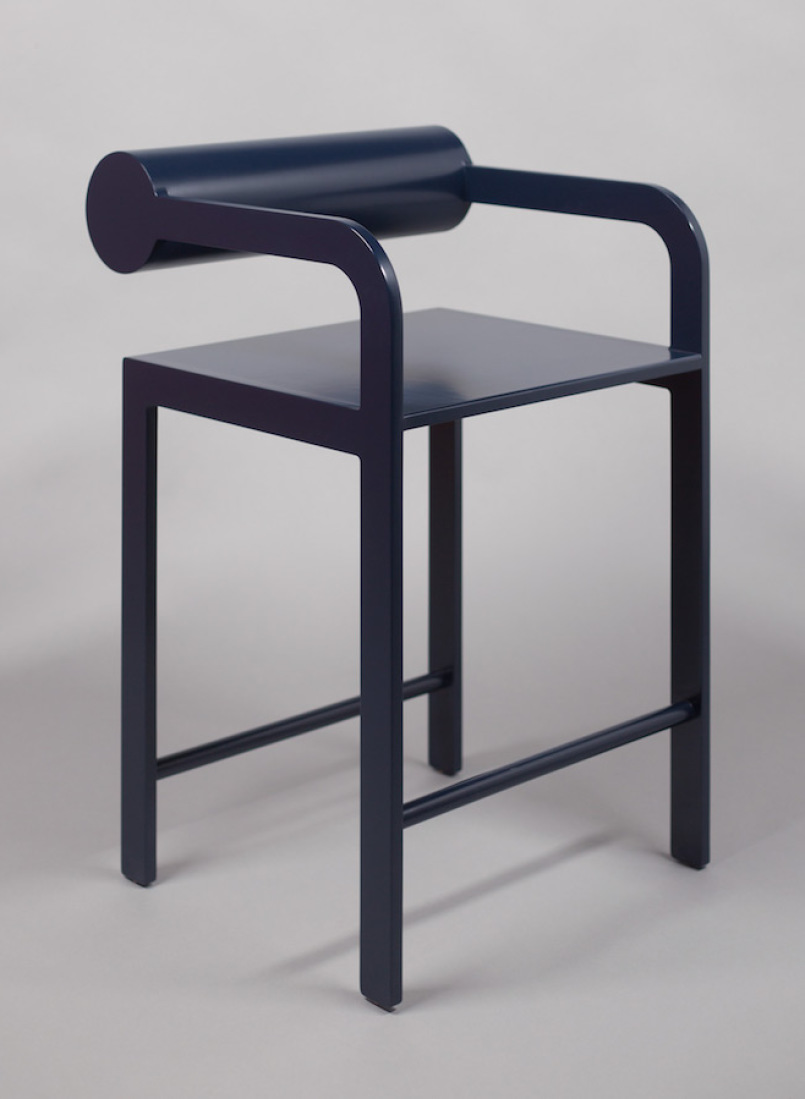
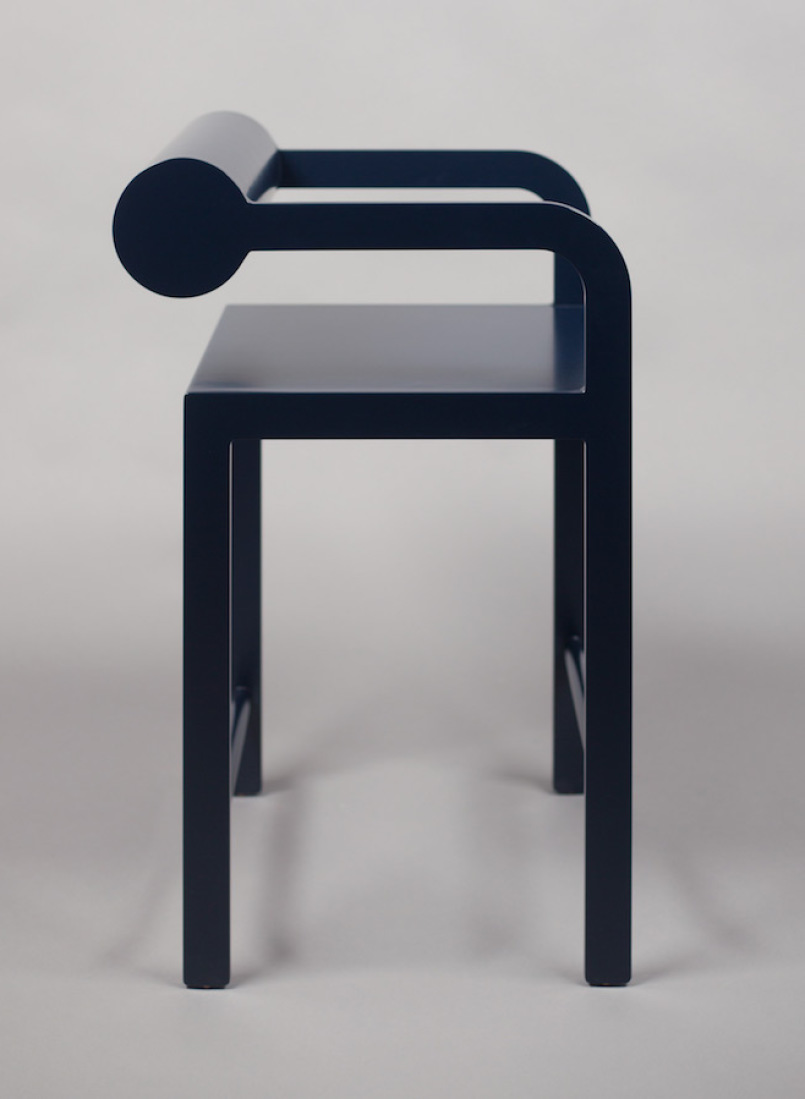
George Nakashima, I like his stuff, but his stuff the wood is the main factor. But mine, I want my furniture to be more about my design, and using something like a blank paper
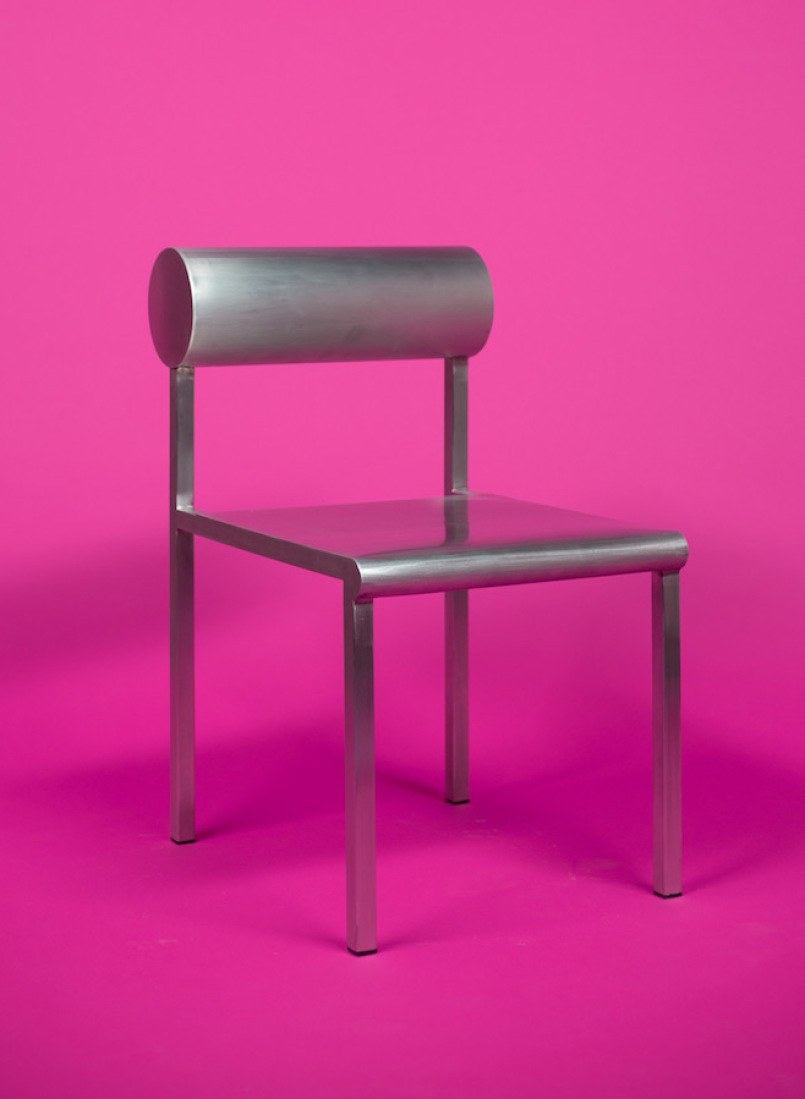
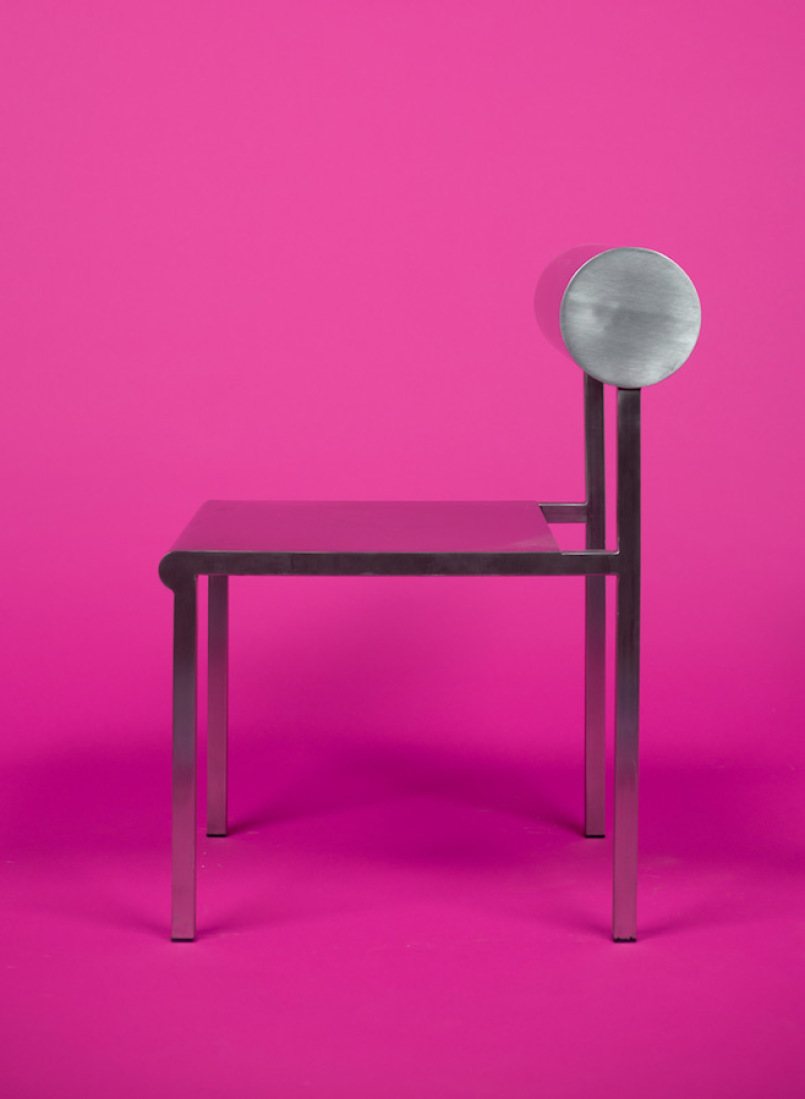
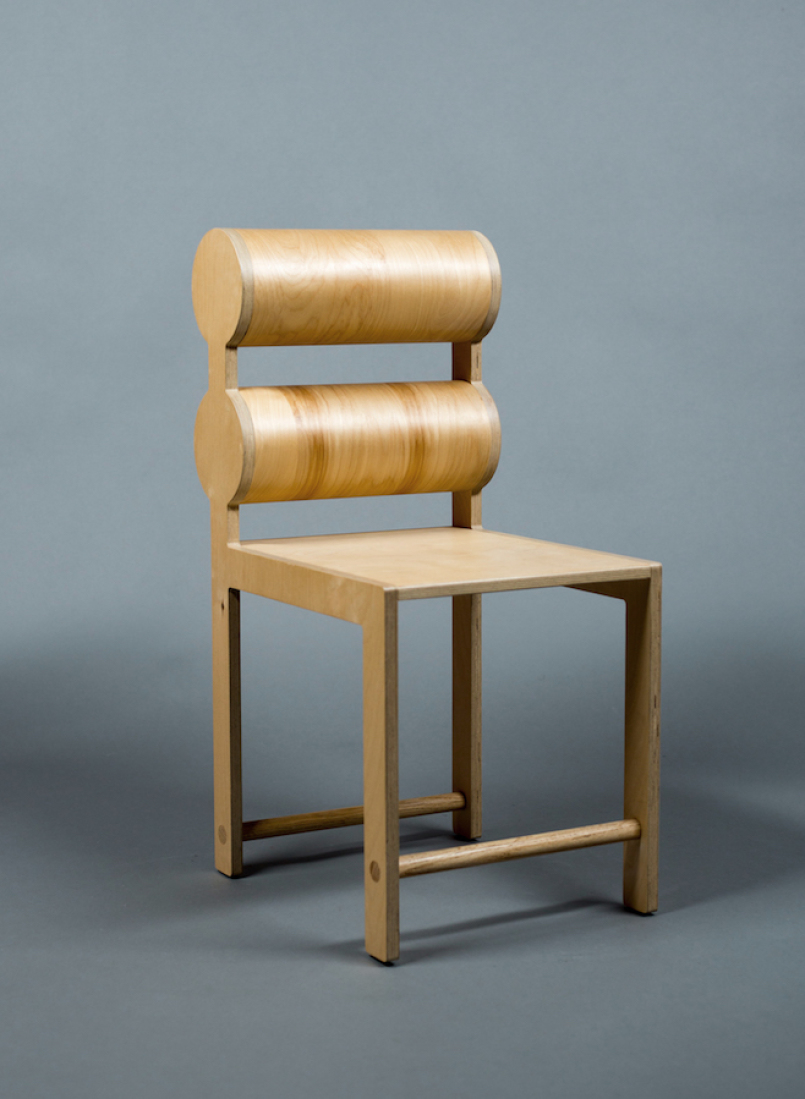
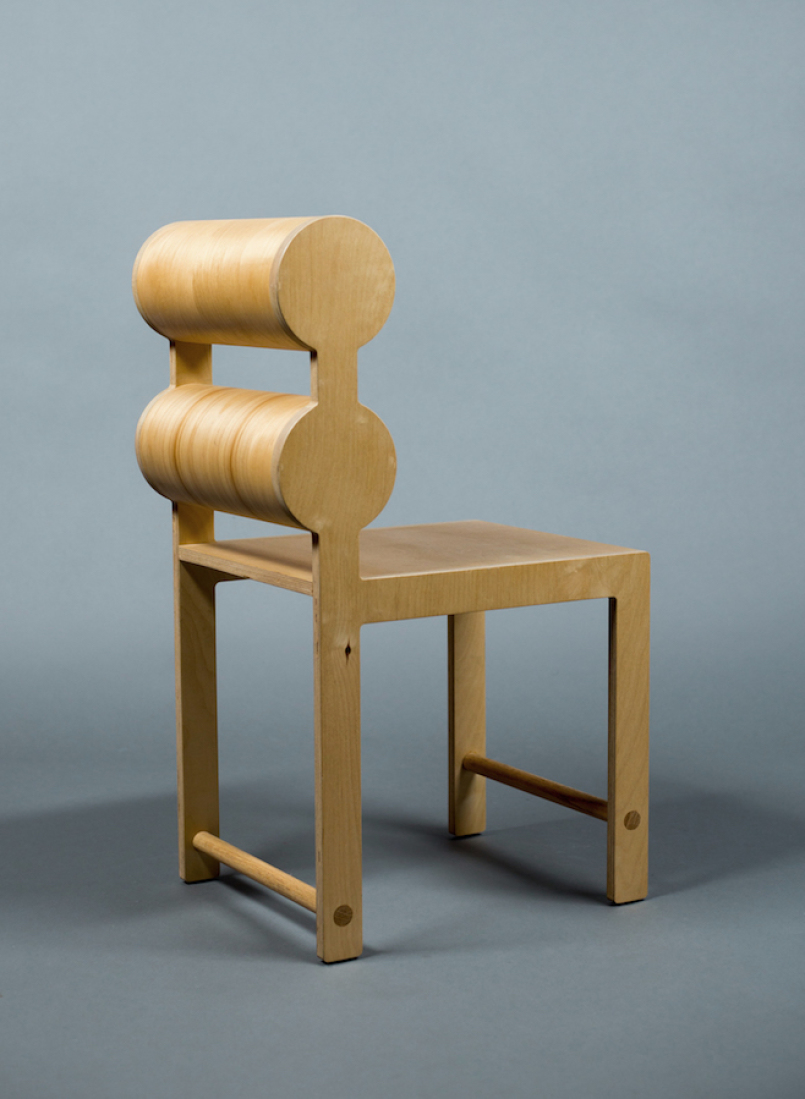
I was out in L.A. for a couple weeks, so I stopped by the Waka Waka studio out by Atwater.
Unlike in New York where studios and workshops seem to clump together by trade, the Atwater space is a fascinating hodgepodge. Neighbors include a metal fabricator, meat processing, a Shammy warehouse, Porsche race cars, and goldfish – not the snack but the fish. Plus there’s a 60’s-era ghostbusters vehicle parked out front. It’s very cool.
In his office, Okuda has blueprints laid out for pieces he’s designing for the new store that will mark Creatures of Comfort’s triumphant return to Los Angeles, and there’s also a curiously fetching room divider that turns out that he made for none other than another subject of the Ravelin interview series, Susan Cianciolo. “Susan Cianciolo and Kieva [Motynk] have a project on Thompson Street in New York. They have two shows a year and prior to the next one, they sent me some fabric and said do whatever you want with it.” The divider that Okuda has created nicely foregrounds the unique Ciancioloness of the fabric, but is clearly a has its own Waka Waka grace.
Like most of the Waka Waka furniture, the divider is done in Baltic birch plywood. “I like Baltic birch plywood. As a plywood, this is the best you can get. It’s really smooth and the strongest compared to others. Furniture is a structure, so you need to have a strong structure. And it’s the most plain. Maple is the plainest because it has no grain. It’s just a white board. And then birch is in the same category, but has a little more grain.”
I ask him why he prefers wood without grain, and he points to a non-Waka Waka bench in the office that is basically a mounted piece of raw wood on legs. “That bench is the opposite because the wood speaks to you. But when I make a design, I want my design to be the focus. George Nakashima, I like his stuff, but his stuff the wood is the main factor. But mine, I want my furniture to be more about my design and using something like a blank paper, so I don’t want the wood to be the focus.” The designs are characterized by their cylindrical shapes. Creating these cylinders is the only aspect of Waka Waka that’s done off-site. “It’s plywood, so you need a serious machine to steam it, so the factory makes it.”
In addition to the shape of the furniture, Waka Waka also uses the fasteners as a design element, the round dowels beautifully matching the rounded shapes of his chairs. “I like to hide the screws. In Japanese and Shaker design, they make a hole and then tap the dowel, but I make the hole first, the pre-drill the screw, screw it and cap it with the dowel. So I use it like another design element.” It’s a very clever yet understated way to marry the functional and the decorative. Ultimately, I think it is this combination that makes Waka Waka so desirable to have in the home, and why — as the craftsman that so many of our favorite people in fashion turn to — Shin Okuda is really a designer’s designer.
